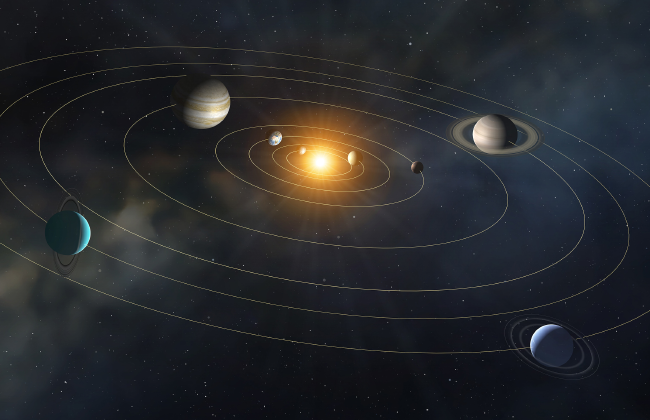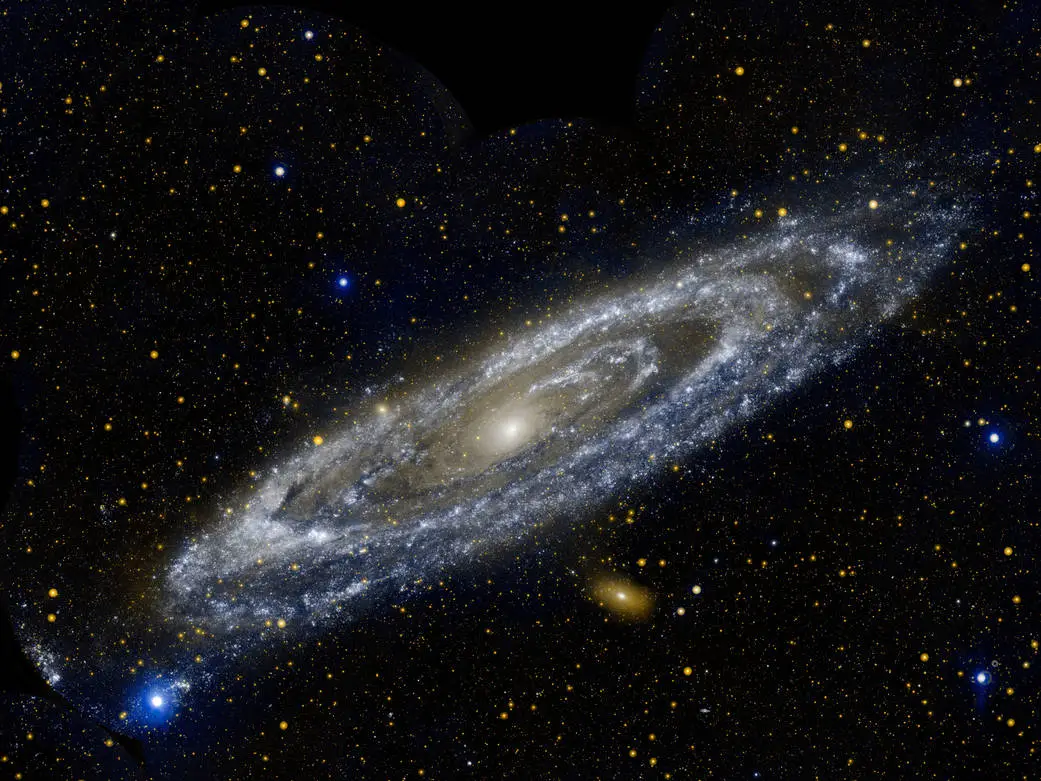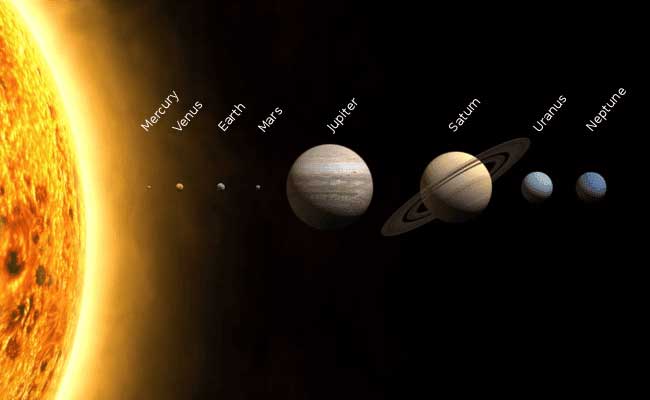The Solar System is a fascinating place, with eight planets and a host of other celestial bodies orbiting around the Sun. In this article, we will explore some of the most interesting facts about the Solar System, including its history, composition, and current state.
Formation and Early History
The Solar System is believed to have formed around 4.6 billion years ago from a massive cloud of gas and dust known as the solar nebula. As the cloud collapsed under its own gravity, it formed a rotating disk with the Sun at its center. The material in the disk gradually clumped together to form planets, moons, asteroids, and comets.
The four inner planets – Mercury, Venus, Earth, and Mars – are made mostly of rock and metal and are known as the terrestrial planets. The outer planets – Jupiter, Saturn, Uranus, and Neptune – are much larger and are composed mostly of gas and ice. They are known as the gas giants.
The Solar System’s early history was a chaotic time, with many collisions between planets and other bodies. One of the most famous events was the collision that formed the Moon. According to the giant impact hypothesis, a Mars-sized object collided with Earth about 4.5 billion years ago, and the resulting debris eventually coalesced to form the Moon.
Composition and Features of the Planets
Mercury, the smallest planet in the Solar System, is a rocky, cratered world that is close to the Sun. It has a very thin atmosphere and no moons.
Venus, the second planet from the Sun, is similar in size and composition to Earth. However, its thick, toxic atmosphere makes it a hellish place, with temperatures hot enough to melt lead. Venus also rotates very slowly, with a day that is longer than its year.
Earth is the third planet from the Sun and the only known planet with life. It has a dynamic geology and a complex biosphere that includes millions of species of plants and animals. The Moon is Earth’s only natural satellite.
Mars, the fourth planet from the Sun, is also a rocky world. It has a thin atmosphere and is known for its distinctive red color. Mars has two small moons, Phobos and Deimos.
Jupiter, the largest planet in the Solar System, is a gas giant with a thick atmosphere and many moons. It is known for its massive storm known as the Great Red Spot, which has been raging for centuries. Jupiter has at least 79 known moons, including four large ones known as the Galilean moons: Io, Europa, Ganymede, and Callisto.
Saturn is another gas giant with a prominent system of rings made up of ice particles. It has at least 82 moons, including Titan, the largest moon in the Solar System.
Uranus is an ice giant with a tilted axis that causes it to have seasons that last for decades. It has at least 27 moons.
Neptune is the most distant planet from the Sun and another ice giant. It has at least 14 moons, including Triton, a large moon that orbits in the opposite direction of Neptune’s rotation.
Other Celestial Bodies
The Solar System is also home to many other celestial bodies, including asteroids, comets, and dwarf planets.
Asteroids are small, rocky bodies that orbit the Sun. They are concentrated in the asteroid belt, which lies between the orbits of Mars and Jupiter. The largest asteroid, Ceres, is also classified as a dwarf planet.
Comets are icy bodies that originate in the outer reaches of the Solar System. They have a characteristic coma or atmosphere that is visible from Earth when they approach the Sun. Many comets have highly elliptical orbits that take them far from the Sun before bringing them back in close.
![]()





